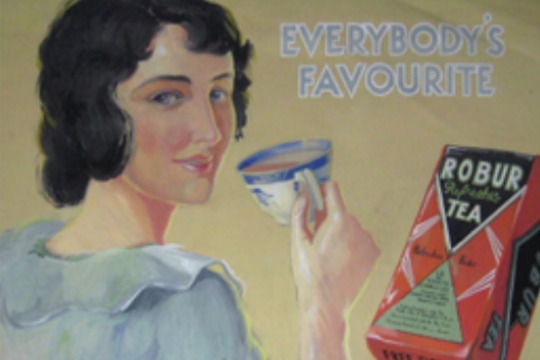Historical information
The magazine was started in 1933 by Frank Packer as a weekly publication. The first editor was George Warnecke and the initial dummy was laid out by WEP (William Edwin Pidgeon) who went on to do many famous covers over the next 25 years. It is the most widely read magazine in the history of Australian publishing. During wartime despite printing restrictions, and it began publishing coloured photographic covers.
Significance
This is an example of anAustralian women's magazine published during WW11.It gives practical advice on needlework / knitting and evidences the widespread interest in contemporary fashion. In doing so it shows what were the fashionable, but broadly affordable, women's and children's clothing styles of their day.
These magazines also reflect women's interests.
Physical description
A 32 pp magazine, titled The Australian Women's Weekly. On the front cover is a coloured drawing of a man and a woman sitting under a tree. The woman is pouring tea from a billy into the tin cup held by the man. A tethered horse is grazing to their right and a small brown and white dog is in the foreground. This illustration is signed WEP (William Edwin Pidgeon).
The magazine contains advertisements, stories and recipes.The special 4 page peace supplement is missing from the centre.
Inscriptions & markings
In handrwitten pencil on the front cover - Gibbs.


